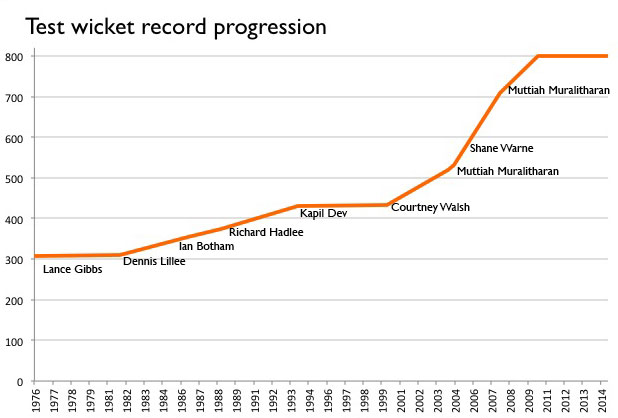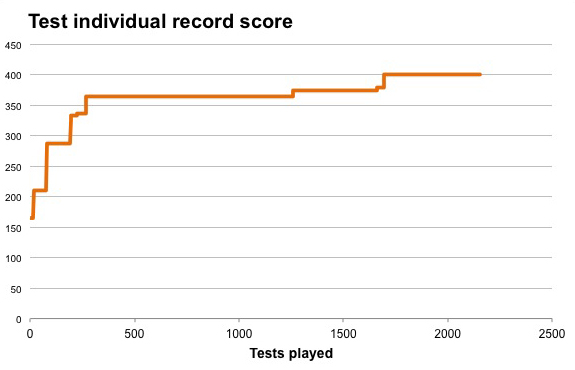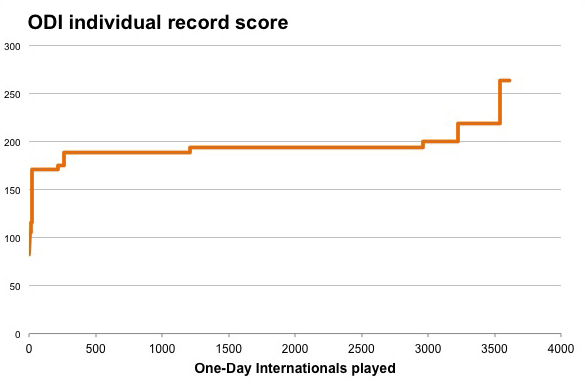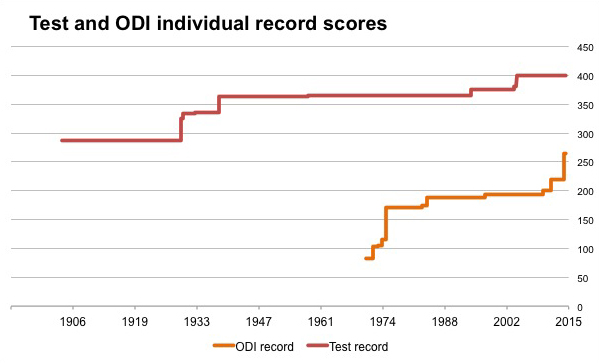 Amid all the articles congratulating James Anderson for surpassing Ian Botham as England’s all-time Test wicket taker, I’ve not seen one to put the numbers in perspective. It’s a fine achievement, certainly, but compared to other countries, it’s pretty small beer.
Amid all the articles congratulating James Anderson for surpassing Ian Botham as England’s all-time Test wicket taker, I’ve not seen one to put the numbers in perspective. It’s a fine achievement, certainly, but compared to other countries, it’s pretty small beer.
Just like the centuries record that three years ago fell to Alastair Cook, the England Test wickets record was abnormally low.
For starters, England still is the only major Test nation (bar Zimbabwe and Bangladesh) to have its leading all-time Test wickets record below 400.
Put another way, if Anderson was from India or South Africa, he would be just 4th on that country’s list of all-time wicket-takers. His mark of 384 would put him third in Australia and the West Indies too.
Essentially, Botham’s record has been there for the taking for a long time. England play a lot of Test cricket, so there’s no excuse in terms of matches played. There just hasn’t been a bowler of the class and longevity required to take the record.
Botham was top of the whole world for a while, with a test record that stood for a couple of years. But then the record was pushed up over 400 by two other all rounders, Richard Hadlee and Kapil Dev; and and then 500 by Courtney Walsh.
Subsequently, the two spinners Shane Warne and Muttiah Muralitharan took the record out of sight, over 600, then 700, with Murali on exactly 800 at the end of his career. The all-time list is below the break.
Anderson is a fine bowler, but I would be surprised if he gets over 500 wickets when he’s finished. He may well end up around 6th on the all time list if he can stay healthy and get to 450+ wickets. But Dale Steyn of South Africa is ahead of him already, despite playing 22 fewer tests. (A bit old now, but a superb Steyn-Anderson comparison is here that shows how far superior Steyn really is.)
England have not had a world-class consistent bowling attack for a generation. When the team has done well, the bowlers have flourished, but have then faded – such as Steve Harmison and Simon Jones, who had the potential to become a combination as good as any. Great test teams have needed bowlers who work as a unit, and stick around. Anderson has too often carried the attack alone, and while he has earned the record, it is a figure born of hard work and persistence, rather than from blowing teams away.




